Otitis

specialists

equipment

treatment
Symptoms of otitis media

There are a number of signs of otitis media that may indicate the onset of the disease: hearing loss, pain and purulent or putrefactive discharge from the auricle, fever, headache, nausea, vomiting.
It is worth considering several symptoms together. Separately, mild pain may not indicate otitis media, but, for example, dental disease.
Symptoms of otitis media in infants are more difficult to recognize. If a hungry baby suddenly stops sucking on the breast or bottle, starts turning his head and crying, the process may be painful. In addition, the baby’s temperature rises, vomiting may occur, and when you press on the tragus, the baby will begin to break free and cry. All this may indicate otitis media.
Symptoms for various types of otitis media
External limited otitis
Otitis externa is characterized by:
- Severe itching in the ear and ear canal.
- Painful sensations that increase when chewing and can radiate to the occipital region, jaws, and also involve the half of the head on the side where the otitis media occurred.
- Hearing loss.
External diffuse (diffuse) otitis media
Diffuse external otitis, in which the inflammatory process occurs in the area of the external auditory canal, has a number of characteristic symptoms:
- Severe itching in the area of the external auditory canal.
- Purulent discharge.
- Painful sensations when pressing on the tragus.
- Redness and swelling in the area of the membranous-cartilaginous region of the auditory canal.
Upon examination, the membrane is covered with epidermis.
Catarrhal otitis media
With catarrhal otitis media, the inflammatory process usually spreads from the mucous membrane of the nasopharynx to the auditory tube, as a result of which its lumen is significantly reduced or completely blocked. This, in turn, leads to retraction of the eardrum and the formation of effusion.
The disease has the following symptoms:
- Noise and congestion in the ears.
- Hearing impairment.
- Heaviness in the head.
- Minor painful sensations, tingling.
You may feel as if there is water in your ear. If the temperature rises, it is only slightly.
Serous (exudative) otitis media
Serous exudative otitis media can occur without signs of inflammation and is characterized only by fluid accumulating in the middle ear cavity.
Symptoms of the disease are:
- Hearing loss.
- The patient feels fullness in the ears.
- Difficulty breathing and nasal congestion.
- The pain is minor and short-term.
Incorrect and untimely treatment of this disease can ultimately lead to adhesive otitis media, which is much more difficult to get rid of.
Otitis media
Purulent otitis media is an inflammatory process of the mucous membrane of the tympanic cavity, which is characterized by the following symptoms:
- Pain in the ear and on palpation of the mastoid process.
- Decreased or complete loss of hearing.
- Noise and congestion in the ears.
- The patient’s body temperature increases to 38-39 degrees.
- Suppuration is possible, sometimes mixed with blood.
Internal otitis (labyrinthitis)
Internal otitis is a fairly serious, but rare disease. The inflammatory process in tissues is bacterial in nature and has the following symptoms:
- Deterioration of hearing, in rare cases - complete loss.
- Noise.
- Nausea, vomiting.
- Sweating.
- Dizziness.
- Signs of partial facial nerve paralysis.
- Imbalance.
- Irregularities in the heart.
- Pale skin.
General information about the procedure
Forms
The disease has several forms, whose course and symptoms may vary. Most often, doctors diagnose tympanogenic limited serous internal otitis.
Otitis externa
With otitis externa, an inflammatory process occurs in the area of the external auditory canal. It may be diffuse or limited. The most common type of disease is diffuse.
With this disease, most often not only the ear canal becomes inflamed, but also the outer ear, eardrum, and pinna. Treatment of otitis of the external ear requires constant monitoring by a competent specialist, otherwise it may lead to more serious health consequences.
Otitis media
The most common otitis media has several variants of the course and is most often accompanied by complications. With this disease, inflammation occurs in the cavity of the eardrum.
Average can be:
- purulent;
- catarrhal;
- in the acute phase;
- chronic;
- perforated;
- imperforate.
In advanced stages, chronic otitis media can lead to: meningitis, mastoiditis, brain abscess.
Internal otitis (labyrinthitis)
Labyrinitis can be limited or diffuse. The disease occurs in acute and chronic form, which, in turn, can be latent and overt.
Depending on how the infection got into the middle ear, the disease occurs:
- hematogenous;
- tympanogenic;
- traumatic;
- meningogenic.
In addition, there are three forms of the disease:
- purulent;
- season;
- necrotic (one of the most dangerous).

How is an appointment with an otolaryngologist at K+31?
Our doctors

This award is given to clinics with the highest ratings according to user ratings, a large number of requests from this site, and in the absence of critical violations.

This award is given to clinics with the highest ratings according to user ratings. It means that the place is known, loved, and definitely worth visiting.

The ProDoctors portal collected 500 thousand reviews, compiled a rating of doctors based on them and awarded the best. We are proud that our doctors are among those awarded.
Make an appointment at a convenient time on the nearest date
Price



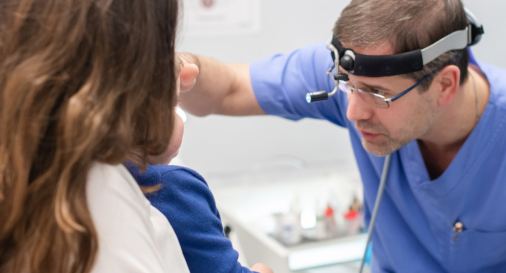






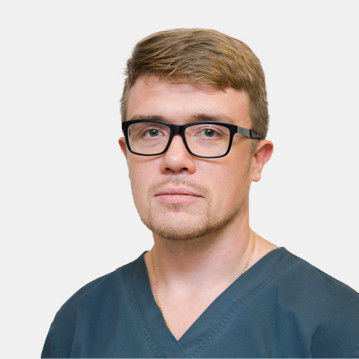


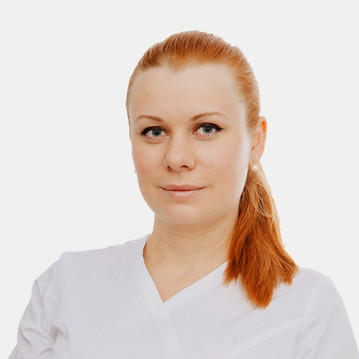



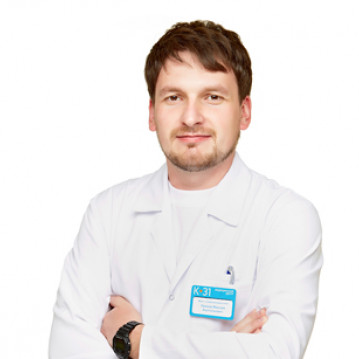


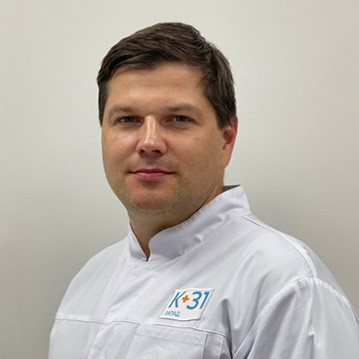




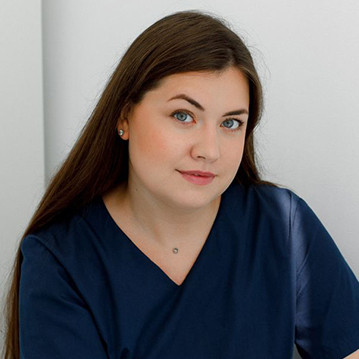
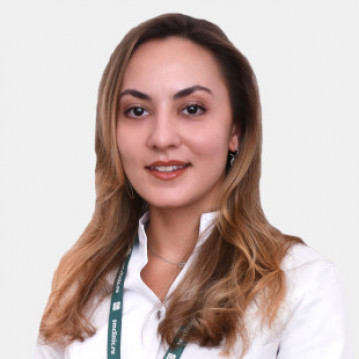





About the disease
Otitis is an inflammatory process accompanied by swelling of the auricle. The disease can be: acute, chronic, purulent, catarrhal. The causative agents are: staphylococci, streptococci, Haemophilus influenzae and other harmful bacteria.
In addition to bacteria, there are a number of other reasons that provoke the occurrence of otitis media in children and adults:
If you blow your nose too hard, the infection can seep into the middle ear, resulting in inflammation.
In addition, the cause of otitis ear may be a genetic predisposition.